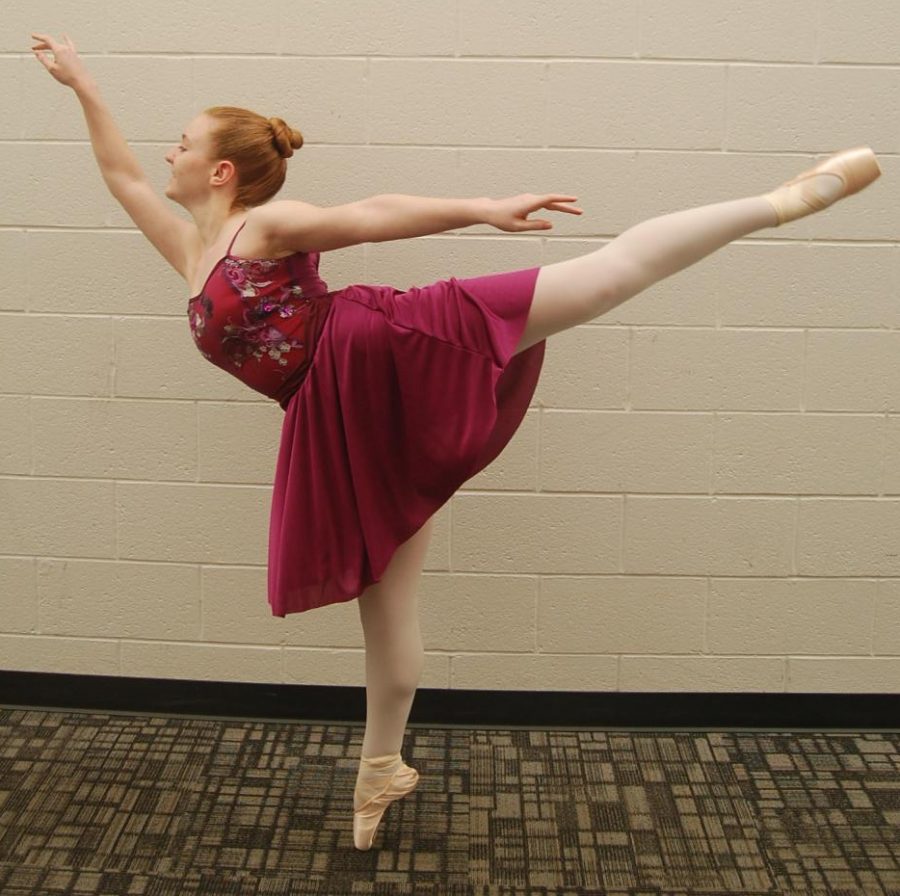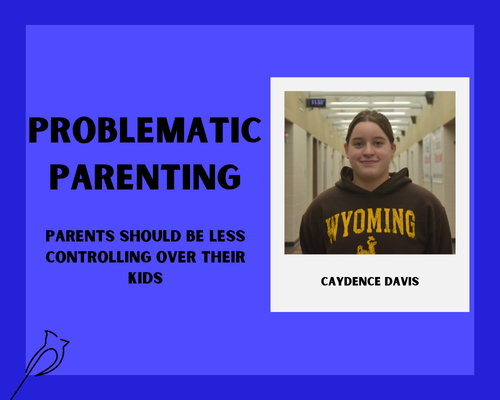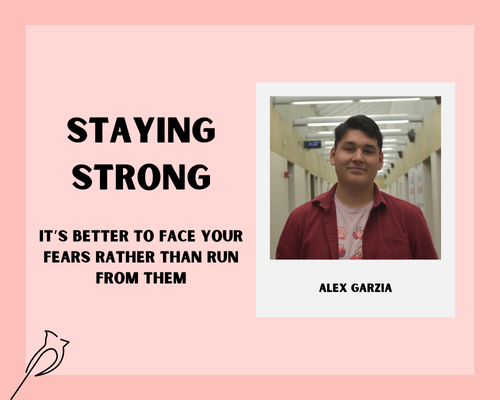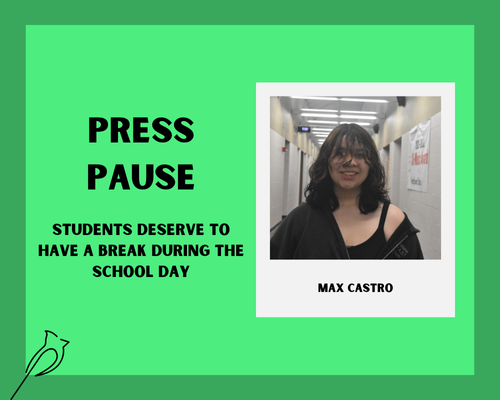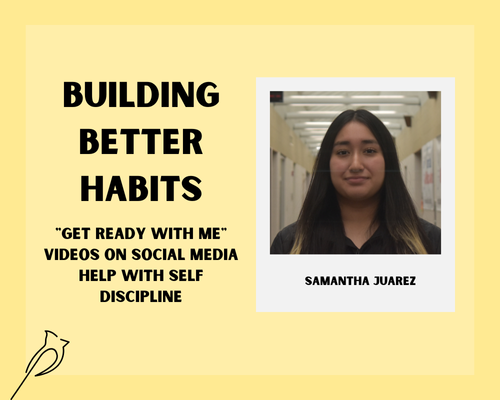On pointe
The art of ballet must be appreciated
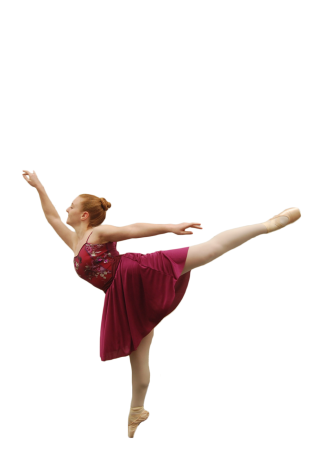 Ballet has been a part of my life for as long as I can remember. My mom put me in dance at Tippy Toes School of Dance when I was 2 years old and I am still at the same studio 16 years later. Ballet is an escape for me from the stress of life. It provides me a way to let go of what might be going on and just listen to my body. The environment of my ballet classes is so encouraging and positive. Ballet helps me feel like I belong. Ballet has helped me to become who I am today.
Ballet has been a part of my life for as long as I can remember. My mom put me in dance at Tippy Toes School of Dance when I was 2 years old and I am still at the same studio 16 years later. Ballet is an escape for me from the stress of life. It provides me a way to let go of what might be going on and just listen to my body. The environment of my ballet classes is so encouraging and positive. Ballet helps me feel like I belong. Ballet has helped me to become who I am today.
But, ballet is an underappreciated art. Yes, people are amazed at how many turns a ballerina can do, how high they can jump and how flexible they are but people don’t realize how much strength and practice it takes to do these things.
To truly appreciate the art, they need to appreciate the work that goes in. Ballet dancers put their sweat and tears into rehearsals to create a magical experience for the audience. Ballet forces the dancer to do things that the body isn’t meant to do.
For example, our backs tend to have a natural curve towards the bottom. As a dancer, one of the things that you have to force your body to do is have a flat back. It takes so much concentration to resist the urge to let your back have that natural sway, not to mention the many other technicalities you must think about.
Dancers strive to have beautiful turnout, or the capability to rotate their legs from the hips. Our feet are naturally pointed forward, so getting them to point to the side and in opposite directions is a challenge. Many dancers have to fight their body’s natural build and use inner thigh muscles and engaged glutes, and even then their turnout may never be like what all dancers aspire to have. I have personally battled with turnout, but I have improved over the many years of practice.
The strain that ballet puts on the body can cause a lot of damage too. I personally have experienced injuries that have permanently affected my body. But as a dancer I am passionate about creating this art, so I dance through the pain. Smiling while your foot is throbbing is not an easy task, but to create the magic of the ballet you have to look as though you are floating through air.
All this strain on the body comes from the countless hours that dancers spend practicing. I usually spend three hours and 45 minutes in classes every week. This doesn’t include the hours that I spend at rehearsals, private lessons or practicing on my own.
According to Atlanta Ballet, professional dancers first have a 90 minute class in the morning that serves as their warm up or conditioning. Following the class, they move on to about four to six hours of rehearsal, not including any performances. Ballet performances typically have two acts with each act being about 40 to 50 minutes long, so the show usually lasts around an hour and a half. This is all added up to be a professional dancer’s typical workload.
I don’t nearly have as many shows as a professional dancer, but when my studio gets close to a performance the stress and strain increases so much. It starts out slow as we begin rehearsals in the studio, which is about twice a week. Once we approach the week of the performance, we practice on the stage every night that week until the performances. I feel so drained and tired by the end of the week, but the joy that it brings me to perform and create magic for an audience makes it all worthwhile.
As a dancer I want people to understand all the hard work, time and effort that goes into the production of a beautiful ballet. It’s not just about the buns and tutus. Ballet takes strength and stamina. You can’t be a dancer if you are looking for perfection. As my dance instructor Miss Pam always says, ballet is the art of perfection and there’s always something that can be done better.

Hello! My name is Julia Brookshire and I am the Online Managing Editor this year for The Journal. My journey to this position has been in fast forward,...


